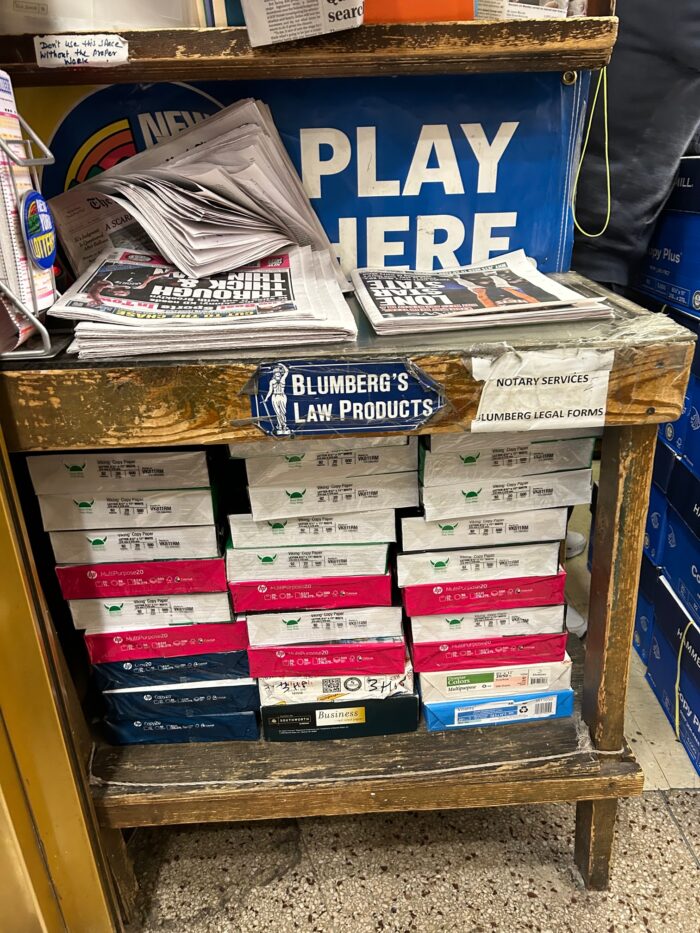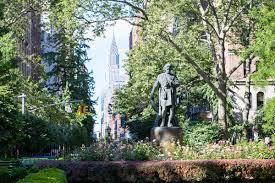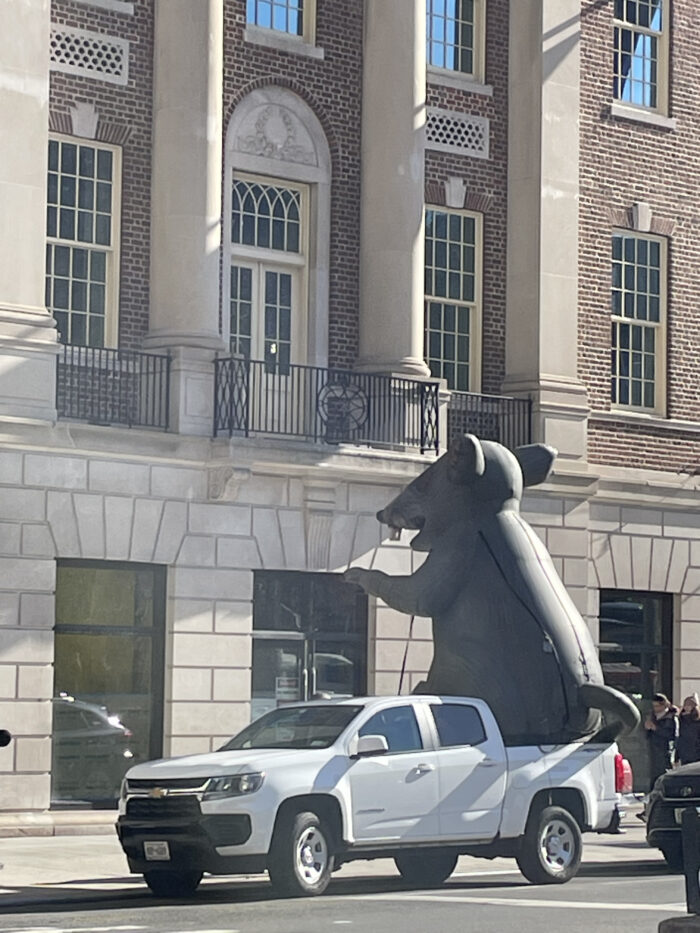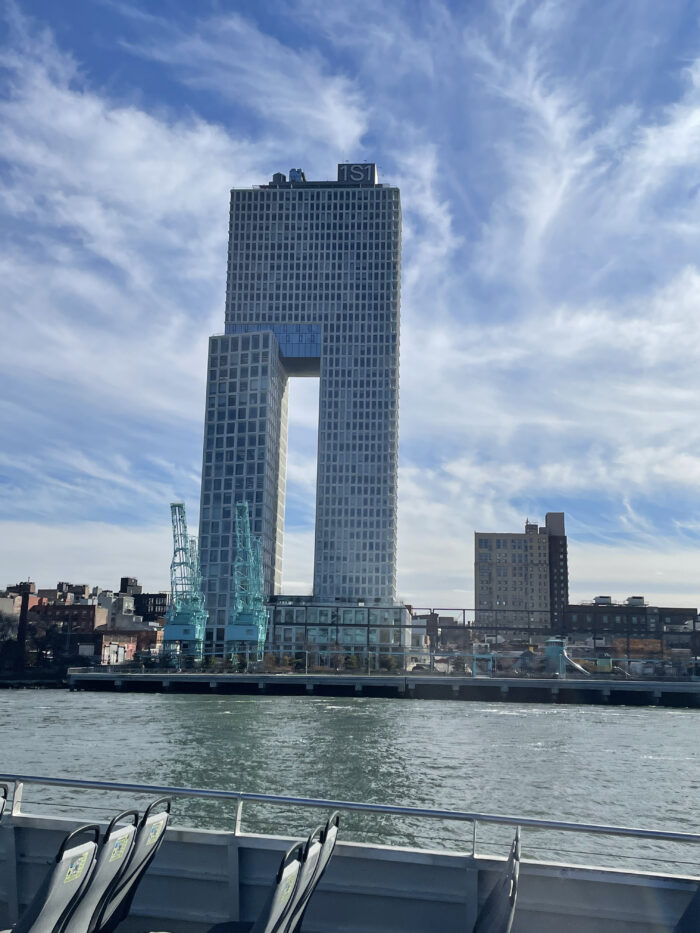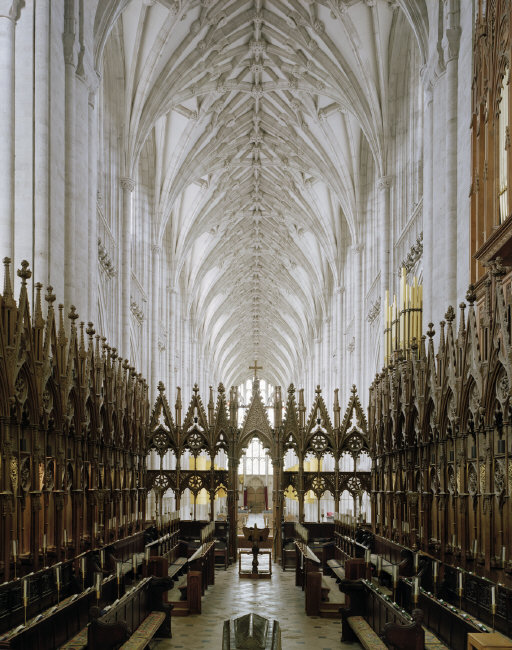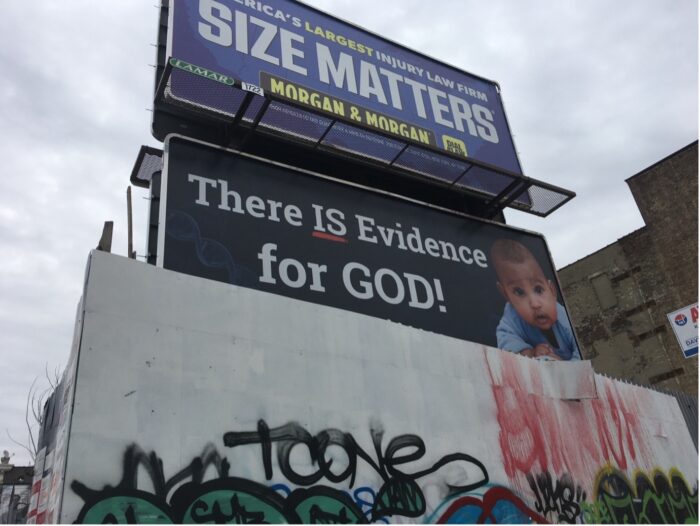I should have remembered my decision never to visit a popular destination again (see Abu Simbel) before making the detour to see Salisbury Cathedral with my son and his family.
The previous few days had been spent in Dorset, where the only crowd we had encountered had been as we queued, with other holiday-making families, in the small front garden of the little fossil museum.
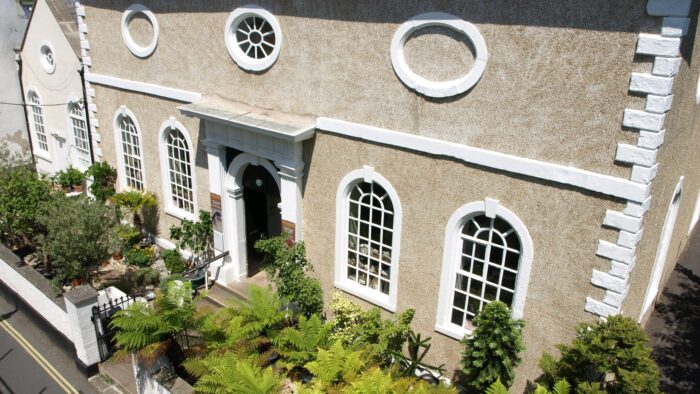
I did not realise at the time that all the plants on our left were species which had existed over a million years ago. This was the Jurassic Garden. While to our right were the newcomers in what Steve Davies, the creator of the museum, calls the Cretaceous Garden: plants that flowered and fruited aeons before the building of any cathedral.
It was only later I learnt that every plant had been sourced and planted by Mr Davies (who was also selling the tickets) and that he and his wife had arranged the display of the exhibits in this beautiful old building, once a congregational church. Nor did I know that when the museum first opened it had only eighteen exhibits, and that the present glorious profusion is almost entirely the owner’s own work.
In the little book which tells the story* he writes about collectors past and present, the collection itself, and all the people (including his bank manager) who helped him fulfil his dream since, obliged to give notice to a lot of his colleagues (he had worked for twenty years in the oil industry) he also gave notice to himself.
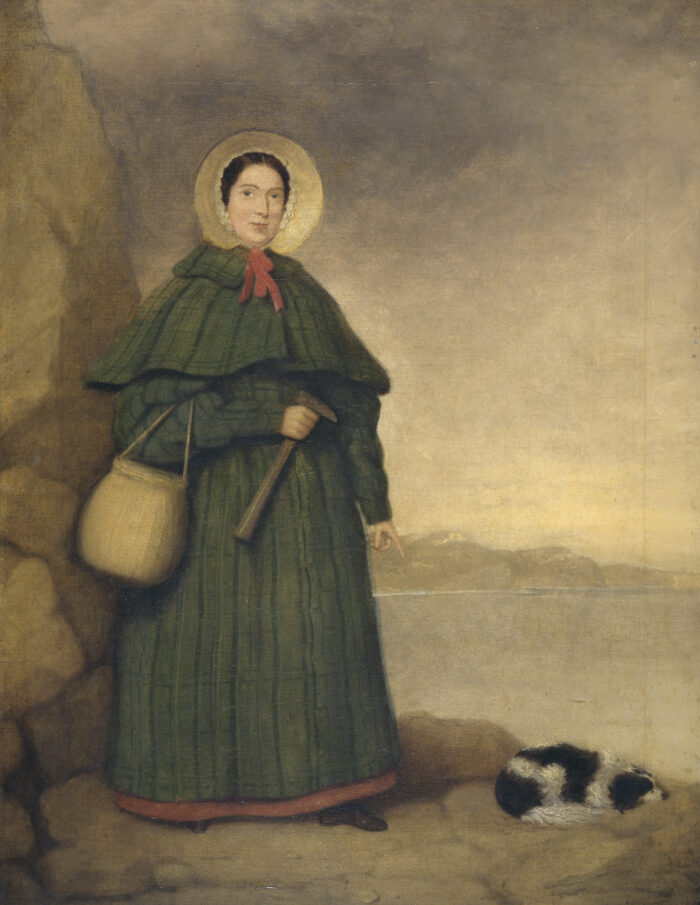
How different to that happy morning in Lyme Regis was our stopover in Salisbury a few days later.
By the time we got to there and had parked the car (at no little expense), the place was heaving. Exhausted by the long tree-lined walk from the car park to the cathedral itself, I had to prop myself up against the ancient doorway while we queued at the makeshift ticket stall and I wondered if it was worth complaining, but there were chairs in sight now: rows and rows of chairs, which would not have looked out of place in a kitchen.
Collapsed on one of these,** I watched the clusters of volunteer guides chatting away as they distributed leaflets and directed visitors to the highlights, of which the one attracting the largest crowds turned out to be a late 20th century font with mirror-like qualities that, we were told, ‘lead to some incredible reflective photos.’ No mention of the medieval vaulting which people were, perhaps, admiring on their smartphones.
More like Oxford Street on the first day of the sales than a church, we could not escape fast enough, only to find the cathedral was encircled by a barren stretch of grass which had to be crossed to get to a bench. So, to view this glorious edifice sitting down, you found yourself within feet of the road where a stream of cars was making its way to the exit.
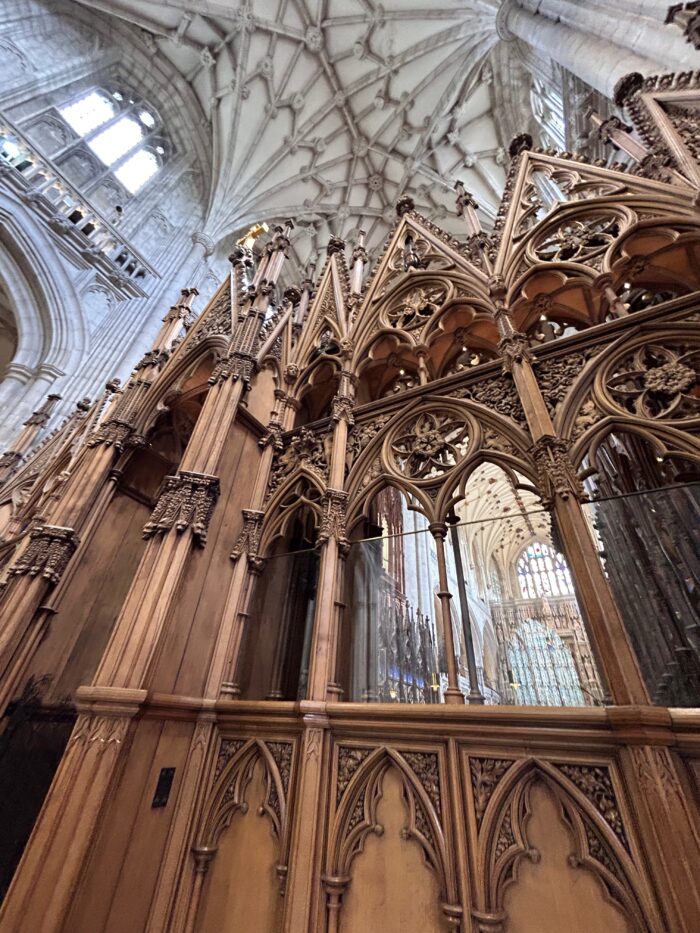
How lucky that earlier in the week we had been to Winchester Cathedral, as yet unspoilt by the ravages of mass tourism. How lucky too that we had also been to see one of the remote village churches R had visited when he was writing the Shell guide.*** No longer in regular use but lovingly cared for, it was – like the little fossil museum – a quiet celebration, not a noisy desecration, of the past.

*The Time of My Life: what does a palaentologist really do. Available from the Dinosaurland Fossil Museum, Lyme Regis.
**There were, it turned out, some wheelchairs stacked against the wall, which it would have been more useful to have found at the distant car park.
***The Shell Guide to English Parish Churches
